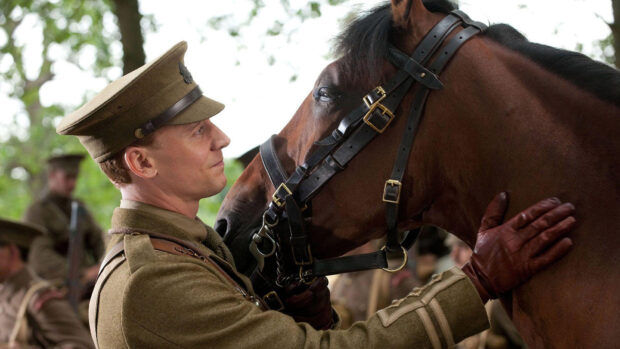One of the curious aspects of the horse world is that horses are measured in hands, an archaic unit that isn’t used for anything else.
What is a ‘hand’?
A hand is four inches, and a horse who is sixteen hands and two inches will be described as “16.2hh.”
Sometimes that number even gets to be a noun, calling a horse of the eponymous height, “a sixteen-two”. They are measured to the wither, the highest point above the horse’s shoulder that doesn’t move.
The hand is a four-base system of measurement. If you measured a horse in inches, 64.8in would not be described as 16.5 or sixteen-and-a-half hands, but 16.2, while 68in would be 17hh, not 16.4. To keep it simple, fractions are rounded up, so you would not get a number like 16.2-and-a-half.
Why are horses measured in ‘hands’?
But why are horses measured in hands? A four-inch hand, unsurprisingly, is roughly the breadth of a man’s hands, with or without the thumb, a unit of length which can be traced to the ancient Egyptians. They have the earliest recorded standardised system of measurement with a system based on the royal cubit, the length of a man’s arm from the elbow to the tip of the middle finger.
Cubits are sub-divided into seven palms, each one about 75cm.
The palm or hand shows up in texts from Ancient Israel, Greece, and Rome, and continued to be used throughout Europe during the Middle Ages, but varied from city to city.
The English palm or hands-breath was roughly three inches, or 7.61cm, but was confused with hand and has been described as both the fist and the palm. Henry VIII standardised the hand to four inches in 1541.
The hand remains the primary unit of measuring horses in Britain, the United States, Canada, Australia, Ireland, South Africa, and India, while most European countries and the FEI use metres and centimetres. But metric is making some inroads in the UK, with British Showjumping saying it uses it for continuity with the FEI.
Continued below…
You may also be interested in…

8 things we unquestioningly do, even though, thinking about it, it’s a bit weird

Subscribe to Horse & Hound magazine today – and enjoy unlimited website access all year round
No one really knows why some places stuck with the antiquated measurement system (though it’s notable that the other countries still using hands were colonised by Britain).
Equestrian historian Katrin Boniface says: “It is a very practical way of measuring livestock in the field, and of course a whole infrastructure of everything from horse dealing to showing classes has developed around certain measurements.”
However, no historical sources offer much insight on why some countries continued using hands, aside from ‘tradition,’ and humans are creatures of habit and pass on what they learnt.
Horse & Hound magazine, out every Thursday, is packed with all the latest news and reports, as well as interviews, specials, nostalgia, vet and training advice. Find how you can enjoy the magazine delivered to your door every week, plus options to upgrade to access our H&H Plus online service which brings you breaking news as it happens as well as other benefits.




